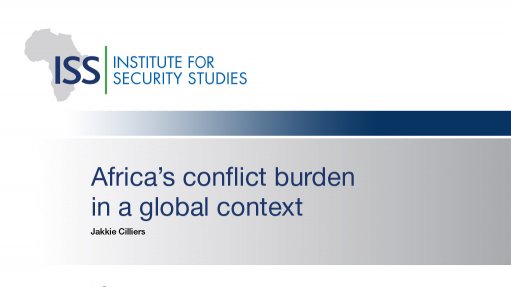
This paper gives a snapshot of Africa’s conflict burden within a global context based on various prominent data providers. The analysis finds that armed conflict in Africa follows the general global pattern of declining levels if measured in relation to population size and population growth. The impact of the Cold War temporarily disrupted this pattern, leading to higher levels of armed violence than could be expected during the 1970s and 1980s. Recent trends point to an increase in armed violence from around 2010, potentially reversing the gains made immediately after the fall of the Berlin Wall. Different to other regions, Africa shows a high level of so-called ‘non-state conflict’: conflict between various armed groups and factions that are fighting one another, and not the government. This is almost certainly due to weak and unconsolidated governance in many African countries. The Middle East, not Africa, is the region with the fastest growth in terrorism.
About the author:
Jakkie Cilliers is the executive director of the Institute for Security Studies. He is an extraordinary professor in the Centre of Human Rights and the Department of Political Sciences, Faculty of Humanities at the University of Pretoria. He also serves on the International Advisory Board of the Geneva Centre for Security Policy in Switzerland and as a member of the board of advisers of the Center on International Conflict Resolution, Columbia University, New York.
This paper was made possible with support from the Hanns Seidel Foundation. The Institute for Security Studies is grateful for support from the members of the ISS Partnership Forum: the governments of Australia, Canada, Denmark, Finland, Japan, Netherlands, Norway, Sweden and the US.